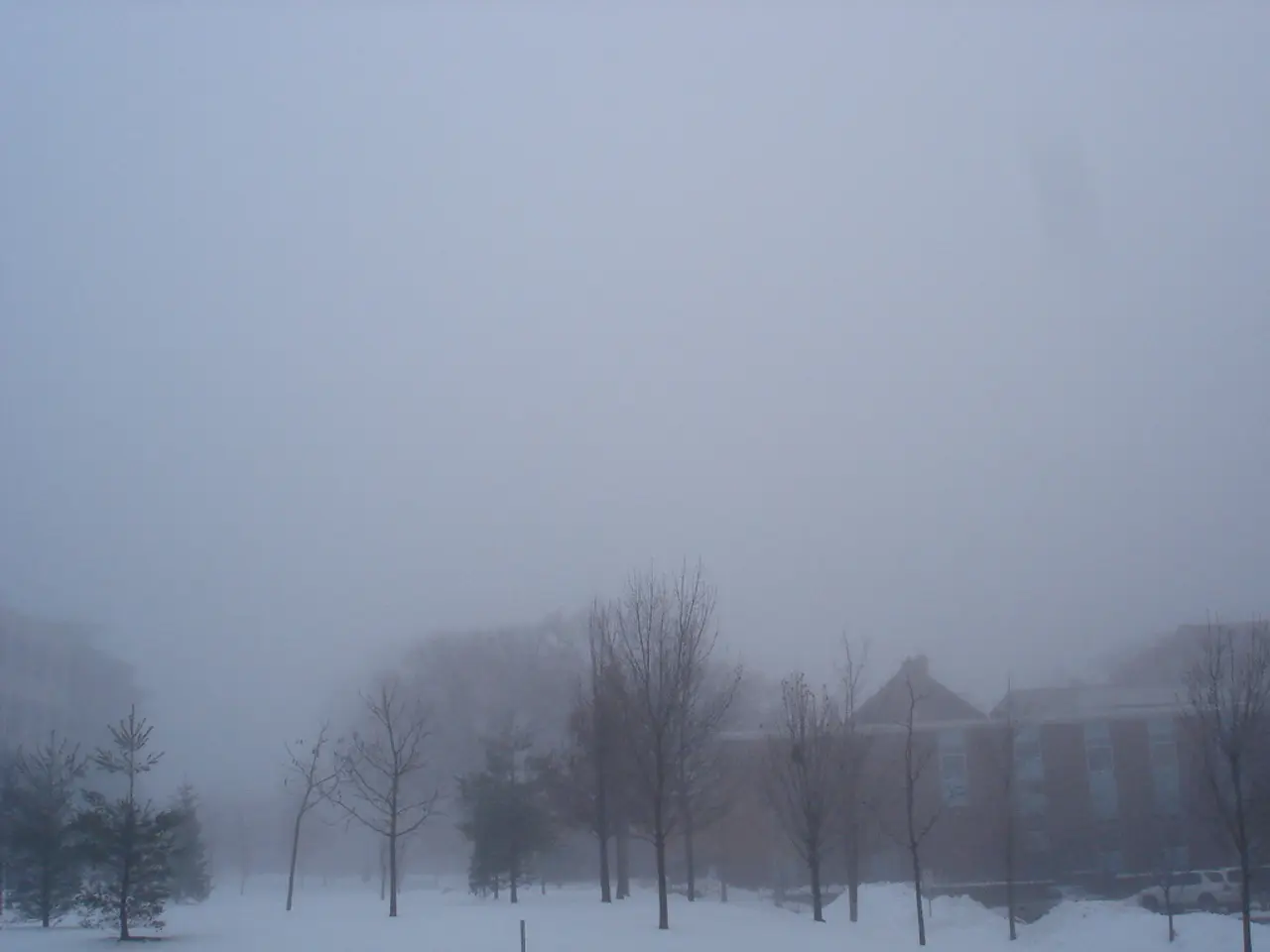Squamish Forest Fire Under Control: A Brief Overview
Firefighters from Canada successfully subdue forest fires located close to Vancouver.
As of Sunday, firefighters in British Columbia have successfully contained the forest fire near Vancouver that had threatened the Squamish district, affecting the area for almost 60 hectares. The fire department recently announced that the fire is no longer expected to spread further, marking a significant reduction in danger for the partially evacuated Squamish community.
The Wider Context
Although the immediate threat is diminishing, firefighters continue their relentless efforts to tackle over 220 active fires that have already destroyed almost four million hectares of land countrywide. At the moment, ninety fires are yet to be contained. However, favorable weather conditions, characterized by cooler temperatures, have recently alleviated the situation to some extent.
Expert Insights
Dr. Marc-André Parisien, an expert from the Canadian Forest Service, warns that the burning area is larger than in previous years at this time, and frequent, destructive forest fires, particularly in coastal areas, such as Squamish, have not been recorded in the past. He further links this heightened risk to the changing climate that leads to increased heat and drought in Canada.
In 2023, Canada experienced its worst forest fire season in history, with more than 15 million hectares burned, and over eight firefighters losing their lives. Moreover, around 230,000 people were evacuated due to the devastating fires.
Factors and Contributions: A Deeper Look
The rise in the occurrence of destructive forest fires in Canada can be attributed to several external factors, as described below:
1. Weather Conditions- High temperatures and prolonged drought heighten the fire risk by leaving vegetation highly combustible.- Low humidity and strong winds dry out the fuels and rapidly spread the fires.- Long-lasting heatwaves and scarcity of rainfall characterize severe fire seasons.
2. Fuel Availability and Condition- The type and arrangement of vegetation play a significant role in fire behavior.- Drought conditions reduce the fuel moisture, making forests more prone to ignition.
3. Ignition Sources- Human activities like unattended campfires, debris burning, or arson are among the most common causes of fires during the early season.- As the season progresses, lightning becomes the main source of ignition, sparking the most significant fires.
4. Topography- The slope, elevation, and aspect can influence fire behavior by affecting wind patterns and the drying rate of vegetation.
5. Seasonal and Multiyear Drought- Persistent drought conditions over multiple years increase the fire risk and make suppression more difficult.
In conclusion, the interactions among dry, hot weather, abundant dry fuels, persistent drought, human and natural ignition sources, and challenging topography all contribute to the likelihood of devastating forest fires in Canada. Climate change also plays a role in compounding these factors, increasing temperatures, altering precipitation patterns, and lengthening fire seasons. The threats are not uniform across Canada, with western and central regions currently facing the highest risks due to prolonged drought and warmer-than-average conditions, while eastern regions might experience less severe threats depending on the recent weather patterns.
I'm not sure I'm ready for this: the increasing trend of destructive forest fires in regions like Squamish, attributed to factors such as climate change, unfavorable weather conditions, and fuel availability, as explained in the context of the current forest fires in British Columbia. This environmental-science issue, linked to global warming, raises concerns about the future environmental health in the face of rising temperatures, altered precipitation patterns, and lengthened fire seasons.








